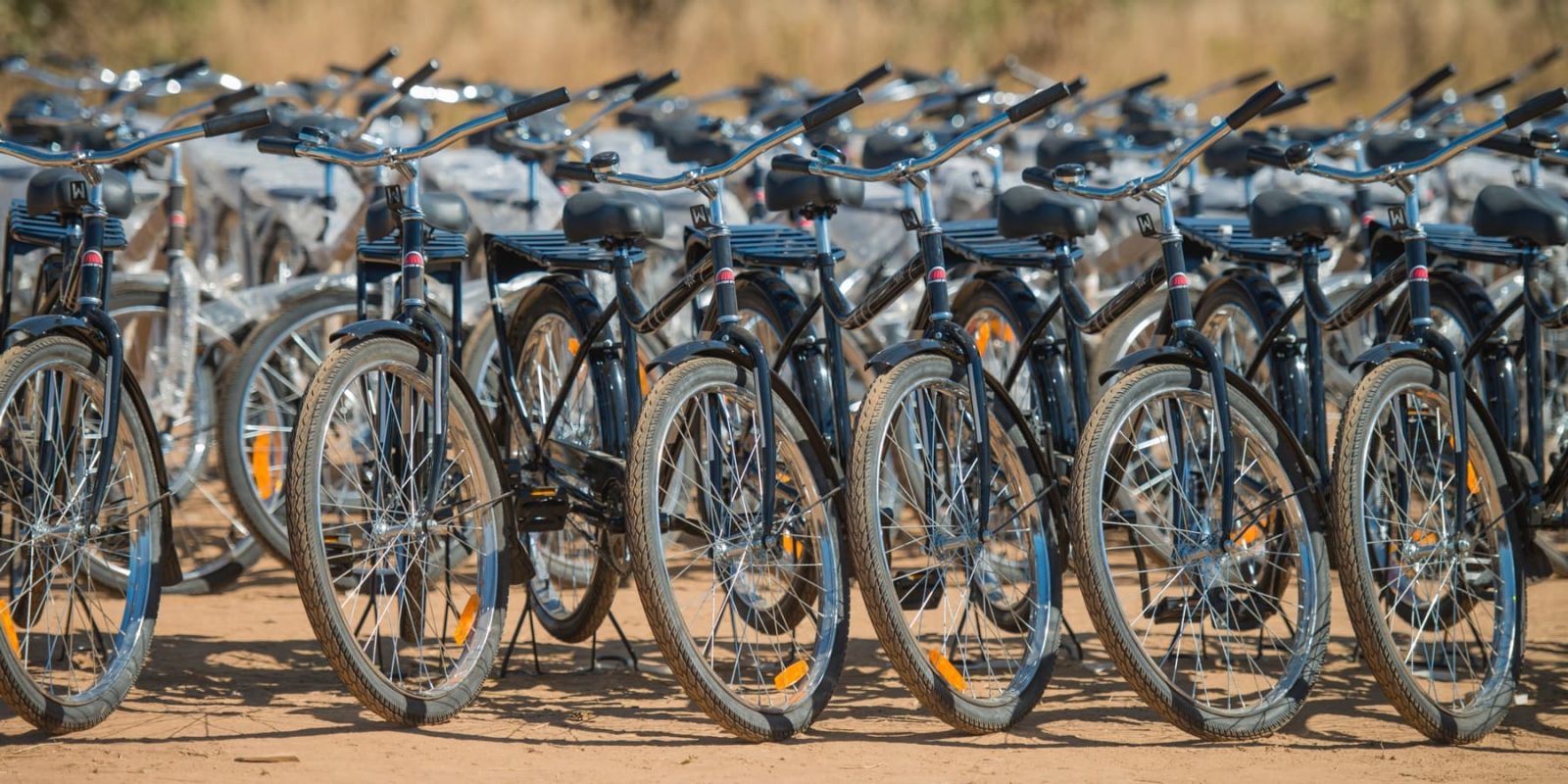
Ever heard of the Buffalo Bike? It probably doesn’t look like the flashy, lightweight, or streamlined bicycles we normally see. But it’s got something that most bikes these days lack: an extreme ruggedness and cost-effective design that helps it last as long as possible while serving as many people as possible for as little cost as possible.
The folks at World Bicycle Relief (WBR) designed the Buffalo Bike as a workhorse that could provide a new, cost-effective form of transportation to those in need. For people lacking access to independent transportation methods, the Buffalo Bike is meant to change lives by providing new opportunities and access.
“People need transport to go about their daily lives, but in rural areas the options are limited, if there are any options at all,” explained Johanna Vega, World Bicycle Relief’s Colombia Program Manager. “Every Buffalo Bicycle has its own story to tell. A bicycle helps people access basic services, it helps them get to school, it opens new markets for entrepreneurs, and helps communities come together. Whatever the use, bicycles help people in rural areas pursue a better future.”
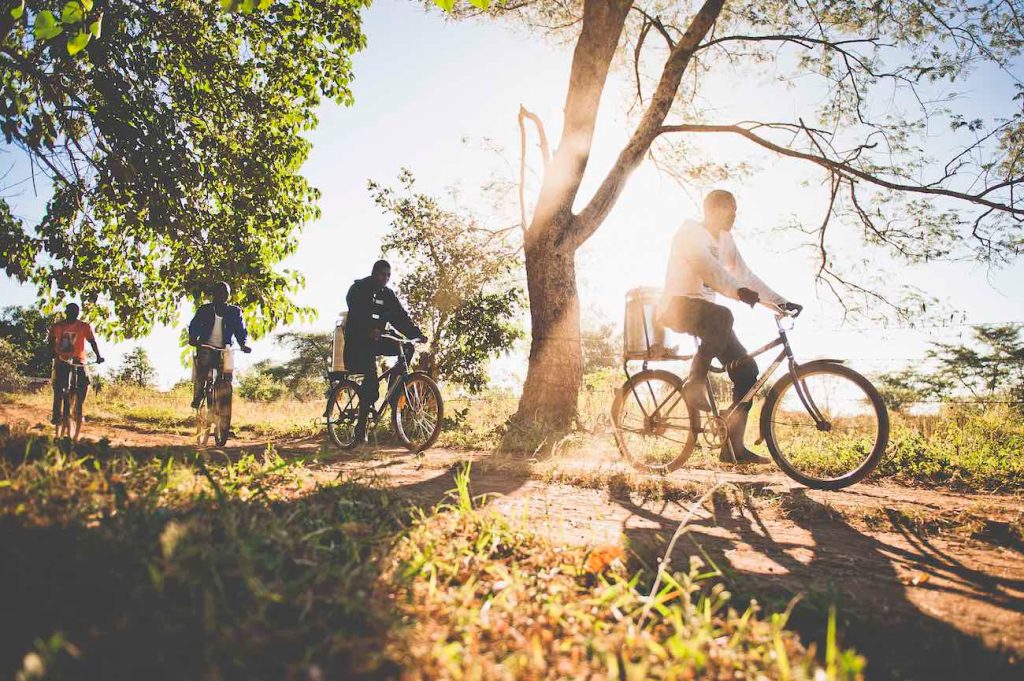
In addition to providing bicycles in communities, World Bicycle Relief also trains locals as bike mechanics, creating a source of local expertise for maintenance and repairs.
“Our trained mechanics ensure that riders have ongoing access to local, quality maintenance,” explained the WBR. “More than 3,000 trained mechanics around the world keep Buffalo Bicycles on the road using basic tools and locally available spare parts.”
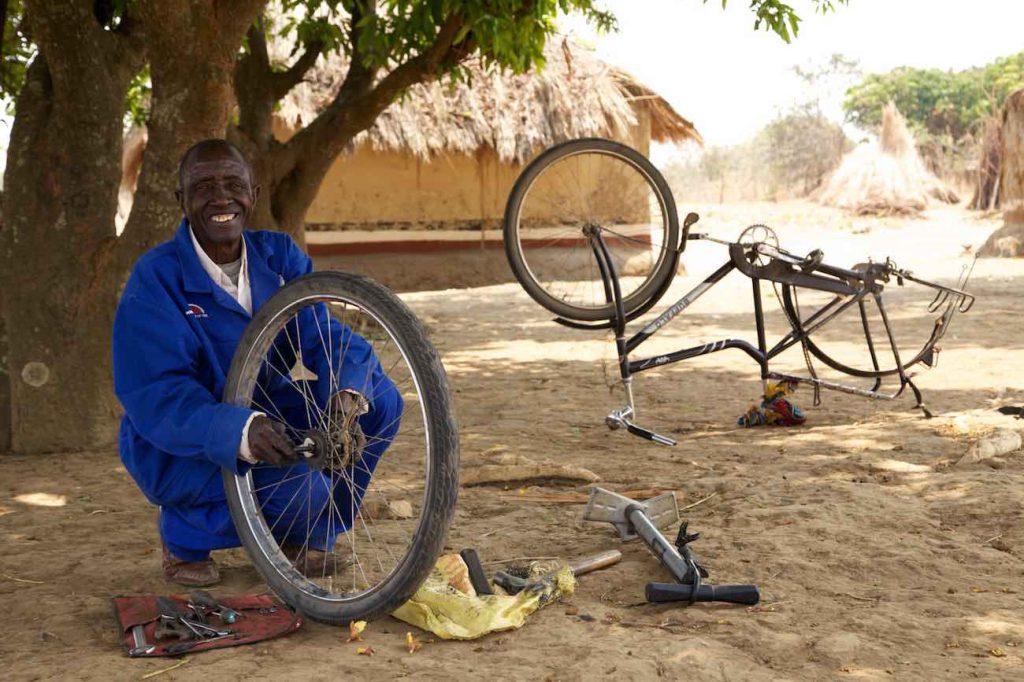
Fortunately, the bikes are designed to be as easy to service as possible by reducing necessary maintenance and common failure points. Instead of a lightweight and expensive frame, it uses rugged steel. That’s how the rear rack can carry 100 kg (220 lb), not to mention the rest of the bike.
Instead of maintenance-intensive hand brakes, the bike uses a super simple and essentially bulletproof coaster brake. And instead of a complicated drivetrain, a single-speed setup means there are fewer parts to break.
Each bike component is designed to make it withstand hard, everyday riding while keeping costs down to ensure more bikes can reach more of those in need.
But you can’t buy a Buffalo Bike, or at least not for yourself. A $165 donation helps donate a bike to someone in need. And we recently learned from Trek more about how the company has helped ensure even those Buffalo Bikes make their way to those in need.
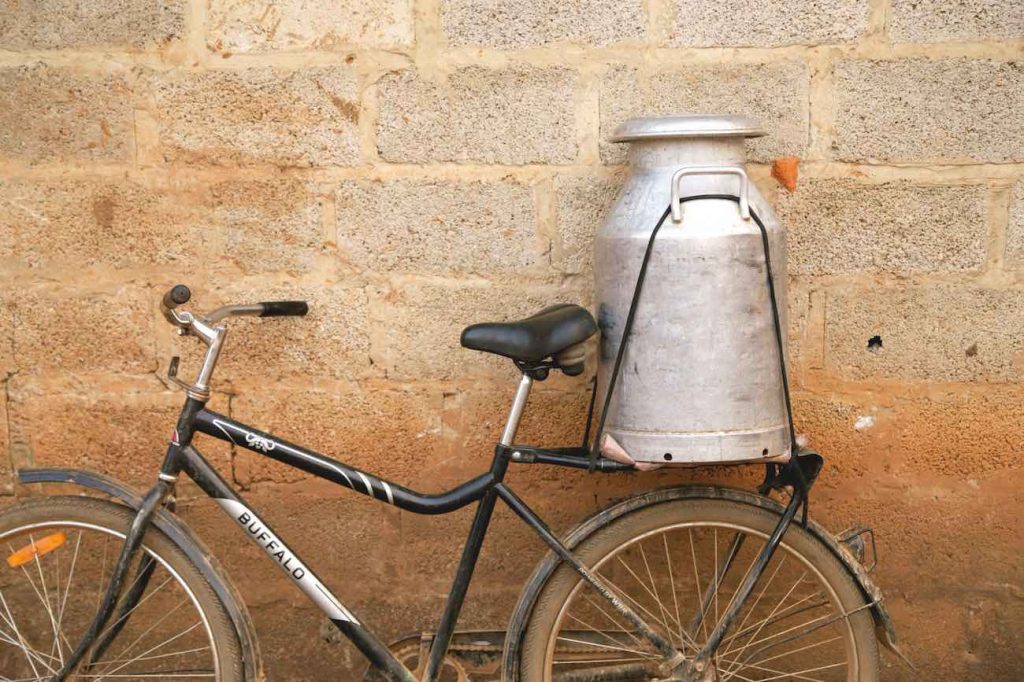
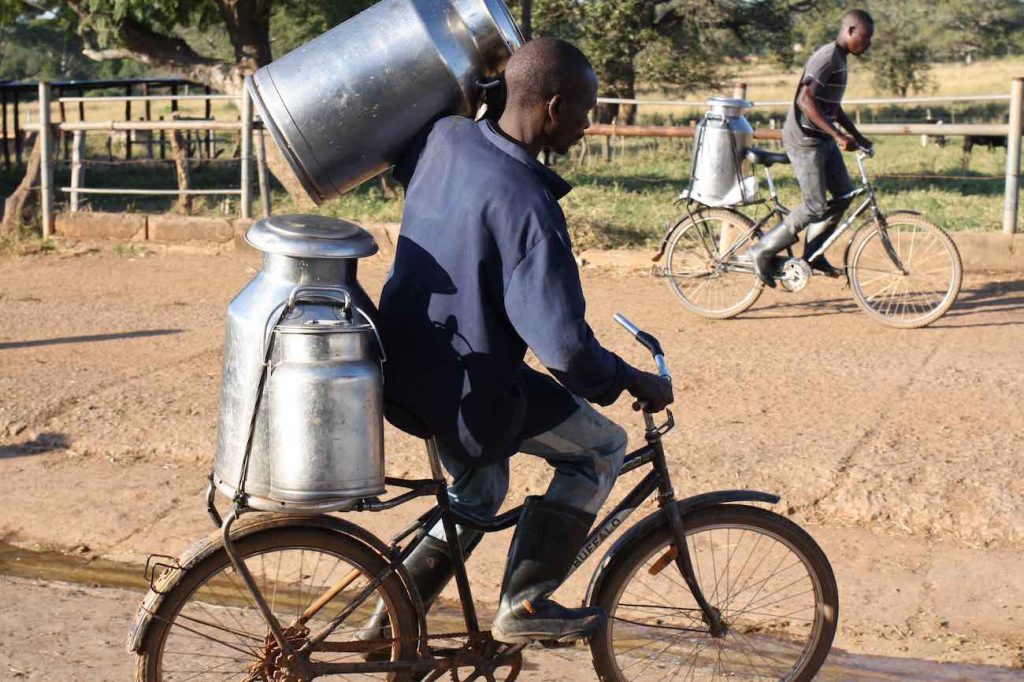
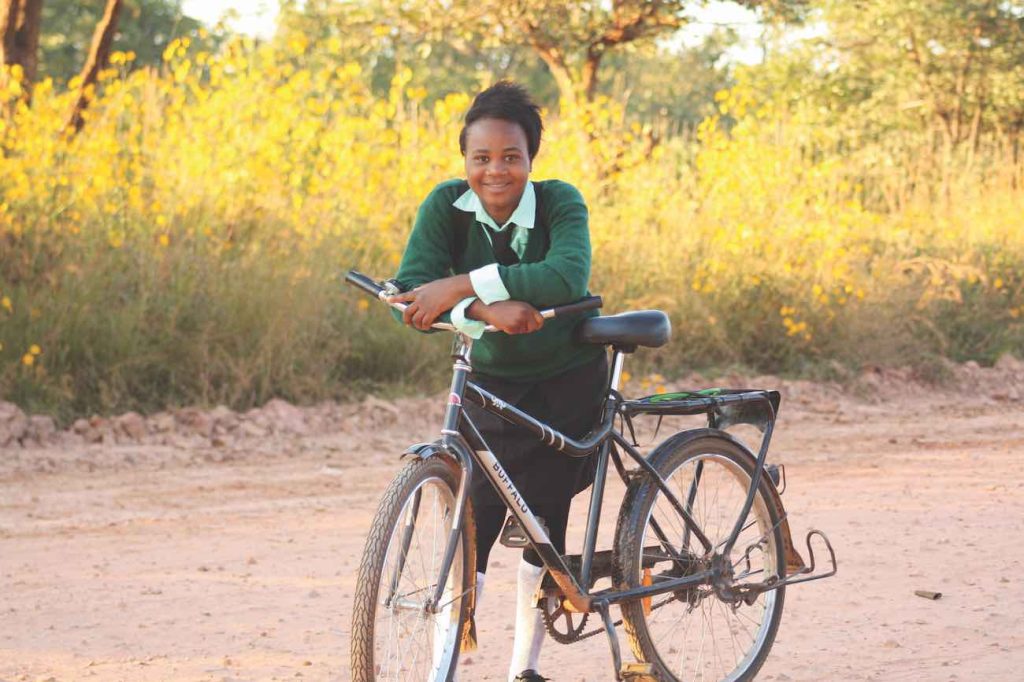
For the last three years, the major bicycle company Trek has partnered with World Bicycle Relief to support a major fundraising campaign that sees Trek’s employees, customers, and retailers encouraged to donate by a matching donation pledge from Trek.
At the end of 2023, Trek’s campaign resulted in over US $1 million in donations, or enough to send over 6,000 bicycles to communities in need.
Those bikes will be headed to Buffalo communities across Africa and South America, including Zambia, Kenya, Colombia, and Zimbabwe.
Electrek’s Take
This is a wonderful program and I wish I had learned about it sooner. Not only is it a great cause, but it’s also an interesting opportunity to look at the engineering side of what goes into a high-value bicycle designed for serious everyday riding.
I’ve long been a proponent of single-speeds (though my flat landscape certainly works in my favor there), and the lack of suspension shows that a bike can work fine with a rigid frame and fork – and in some cases works even better due to the simpler design!
I always love seeing projects where large numbers of bikes are donated in areas where people don’t have access to independent transportation, as it speaks to just how important these tools are for our daily lives. I think I’m going to donate a bike today, too.

FTC: We use income earning auto affiliate links. More.





![At $28,000 off, is the Jeep Wagoneer S the best EV deal going? [update]](https://i0.wp.com/electrek.co/wp-content/uploads/sites/3/2025/06/jeep_wagoneer_deals.jpg?resize=1200,628&quality=82&strip=all&ssl=1)








